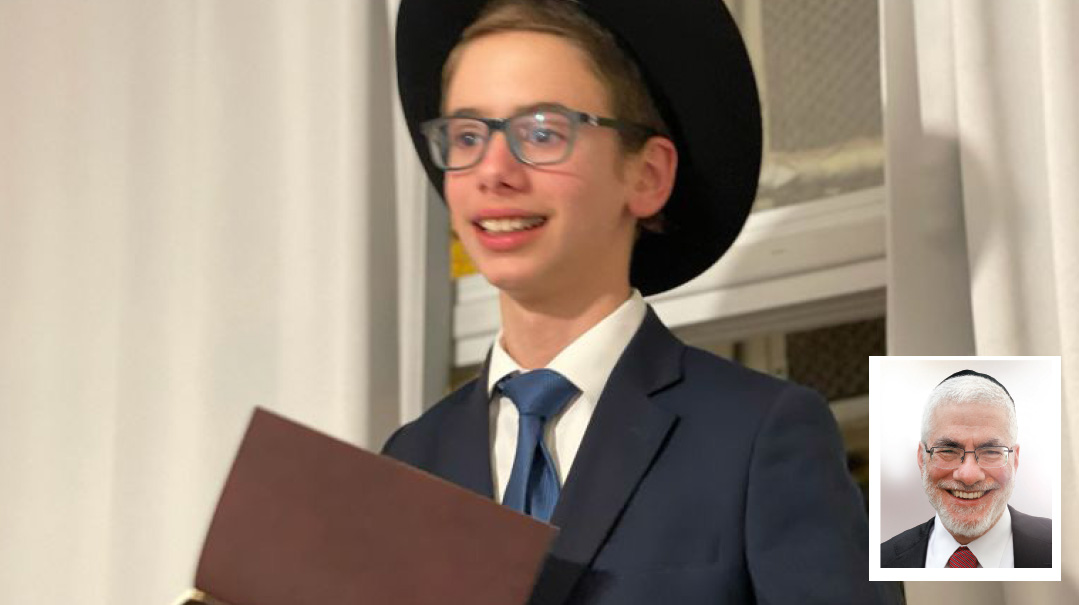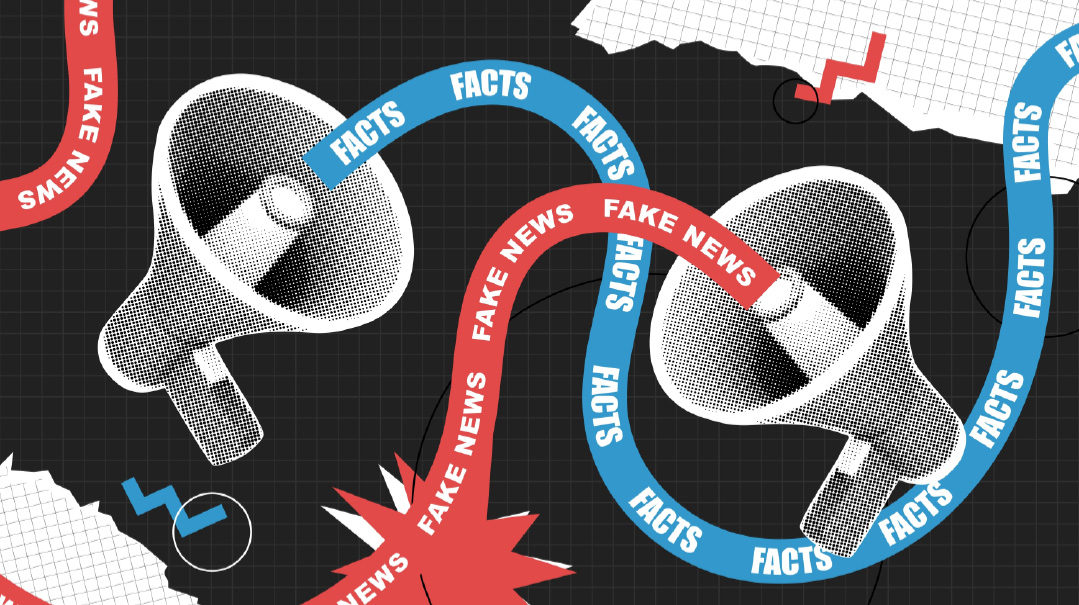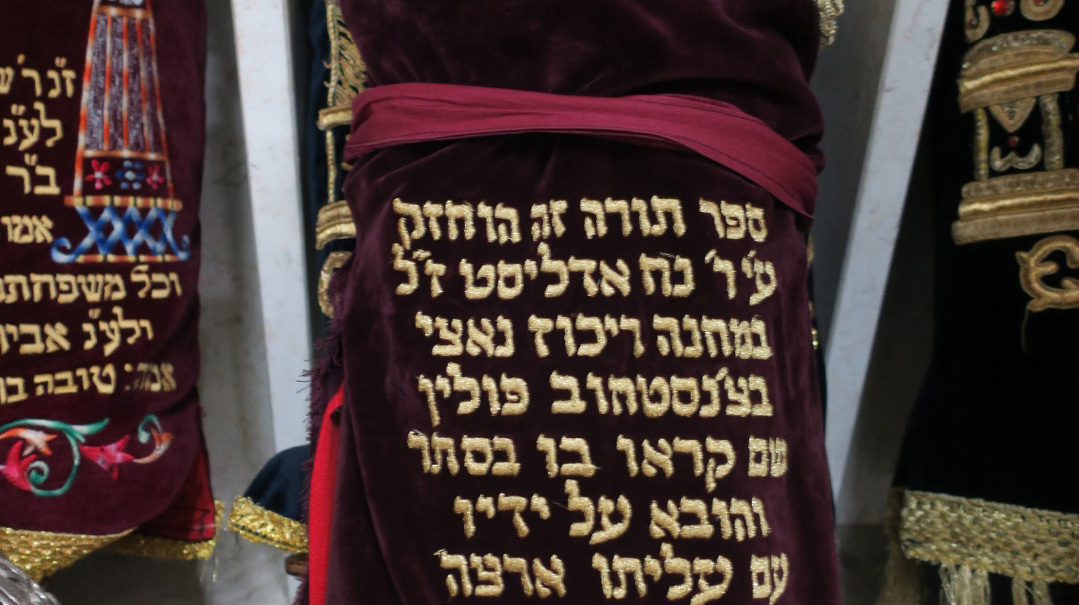Unfathomable on Every Level

Finally, we are united, if briefly. United, if only in anguish

I have never felt such a pall fall over the Torah community in Israel as that in the wake of the Meron nightmare.
The scene of the tragedy is a familiar one to all of us. Each of us has been to Meron many times to pour out our hearts at the kever of Rabi Shimon bar Yochai. And hundreds of thousands have joined the Lag B’omer festivities at one time or another. Even those of us with a fear of crowds, such as myself, have had arguments with yeshivah-age children eager to go to Meron on Lag B’omer, and when we lost those arguments, spent nights filled with apprehension of a disaster like that which occurred last Thursday night. At least two close family members told me after being in Meron on Lag B’omer that they would never go back; the feeling of being crushed was too frightening.
Beyond our ability to visualize the scene and imagine ourselves or those closest to us having been there, we are all feeling implicated in another way as well. When the v’nahafoch hu of Purim is itself reversed, and a day of celebration turned into one of mourning, who can avoid asking themselves the question, “What did I do to bring this about?”
On Leil Shabbos, my rav shared a story of Rav Elyashiv ztz”l during the 1982 Lebanon War. Every day, Rav Elyashiv would ask for the names of the wounded so that he could daven for them. One day, he was informed that a rocket had fallen on Meron and killed a Jewish woman.
“If someone was killed in Meron,” he said, “then there is a powerful kitrug against Klal Yisrael in Shamayim.”
And Rav Elyashiv was speaking of one death, not 45; and of one day during the year, not of a day when we joyously celebrate the cessation of the deaths of the talmidim of Rabi Akiva.
No segment of the religious community was excluded from the pain: chassidim and Litvaks, Sephardim and Ashkenazim, chareidi and national-religious, Israelis and those from abroad who excitedly came to join with tens of thousands of their fellow Jews at Meron. Finally, we are united, if briefly. United, if only in anguish.
LATE ON MOTZAEI SHABBOS, I join hundreds of other Har Nof residents at the levayah of Elazar Yitzchak (Azi) Koltai, a recent bar mitzvah boy. His father is an acquaintance with whom I share many friends.
The levayah takes place in the main building of the cheder in which my grandsons learn. I’ve been there many times before for happier occasions — siddur parties, siyumim on the completion of a sefer of Chumash. Tonight, however, the only sound heard, as we approach the building, is that of heartrending wailing.
I cannot make out much of the hespedim, through the sobbing of Azi’s brother, brothers-in-law, and father, even though they are largely in English. But I do learn — and this was confirmed by friends of mine who are much closer to the Koltai family — that he was an unfailingly friendly, upbeat, and enthusiastic young man. No family member could remember him ever being angry. He was once brought close to tears by the fear of hurting someone’s feelings because everyone in the class wanted to sit next to him. That is fully believable as I survey the stunned faces of his classmates, still not quite at ease in their bar mitzvah hats, as they approached the mitah to ask mechilah.
As we exit the building, one of the father’s closest friends relates how just less than a year ago, the father turned to him at Azi’s bar mitzvah and expressed his pride and joy in his youngest child — the only one fully educated in Eretz Yisrael, after the family made aliyah from Passaic. “This one we really got right,” he said.
At the shivah house, I hear more stories about Azi a”h that bring out his unique chein. Yesterday, the mailman was crying outside the building. He told a passerby, “He always helped me distribute the mail, and stopped to speak to me.”
A building contractor who worked on the Koltais’ apartment related that his Arab workers won’t tolerate children around when they are working, but they let Azi follow them and observe what they were doing. One of the members of the shul in which the Koltais daven pays a very large amount each year to retain an empty seat next to him. But he was delighted to have Azi sit next to him. They had bonded, as chavrusas on a ski vacation, when Azi was eleven.
Azi seems to have had a premonition that his sojourn in this world would be a brief one. Last week, he rushed home from his nearby cheder to eat a 20-minute lunch with his father, even though in general he had no time for or interest in food. And he kept telling his mother in recent months, “I’m going away soon” — as an ostensible reference to going to yeshivah ketanah, though he never explicitly mentioned it in those terms.
The pain reverberating from the families of those killed — parents, siblings, children — has touched each and every one of us. And that suffering does not even include the tens of thousands who were at the scene and will require a very long time to heal from the trauma.
THERE ARE TWO CLASSIC Jewish responses to tragedy. The first is that of Aharon HaKohein after the death of his two sons, on the joyous day of the dedication of the Mishkan: “Vayidom Aharon — Aharon was silent.” The other, that described by the Rambam in Hilchos Taanios (1:3), where he warns against those who fail to cry out and who dismiss tragedies as a natural part of existence. That is the path of cruelty, writes the Rambam, for it risks bringing yet greater tragedies in the wake of the current ones.
Both responses are correct, and both are necessary. We cannot know all Hashem’s ways and calculations, and must not pretend otherwise. Please, no emails calling for the recitation of the following kapitlach Tehillim, as if that recitation is somehow the tikkun for what brought about the tragedy.
And yet we must each grasp for such hints in the Torah as we can, and seek to apply them to our own lives.
As I returned from delivering Shabbos food to my mother, the rabbi speaking on the radio relayed the words of one of the gedolim, who told him, “Before all explanations and all cheshbonos, we must first be much quicker to fargin our fellow Jews — slower to anger, quicker to sympathize, less jealous. On a day when so many Jewish neshamos have been lost, and so many others still hang in the balance, at the very least, let us value more highly all those Jewish neshamos that remain.”
Here are a few of the hints I gleaned over Shabbos. In the Tolna Rebbe’s Chumash shiur last week, delivered before the tragic events of Lag B’omer, he stressed how much each of us must strive to avoid causing any pain to a fellow Jew. The Rebbe began with the Rashi at the end of Emor (Vayikra 24:12). Rashi informs us that the mekallel was not placed in custody together with the mekoshesh. That the latter was going to be put to death was already known; all that remained to be determined was the form of execution. The din of the mekallel, however, was not yet known. If he were not to be subject to the death penalty, then he would suffer from being placed together with the mekoshesh, as he would anticipate that he was also to be executed.
Such is the degree of sensitivity that must be shown even to one who has sinned greatly (and the mekallel was, in fact, put to death). Similarly, we are commanded to help our “enemy” reload his donkey if we should see his donkey stumble and fall. And why is he our enemy? According to the Gemara (Pesachim 113b), it is because he falls into the category of an evildoer whom the Torah commands us to hate. And yet the Midrash (Tanchuma) brings a case of a donkey driver who stopped to help his enemy reload his donkey, and how through the fulfillment of the mitzvah, the two became reconciled. The implication, said the Tolna Rebbe, is that it is the will of the Torah that we should be on good terms even with one whom it is legitimate to consider an enemy.
In his Leil Shabbos drashah, my rav informed us that every one of gedolei hador who had been asked about the tragedy had identified, in one form or another, sinas chinam as the culprit. Even a drop more hatred than is justified is an expression of the sinas chinam for which the second Beis Hamikdash was destroyed. Similarly, any hatred of another that has in it some element of personal interest is an expression of sinas chinam.
The Tolna Rebbe told the story of a group of yeshivah bochurim who were going to confront someone they felt had spoken disparagingly of their rebbe. Along the way, they met Rav Gad Eisner ztz”l, the late mashgiach of Yeshivas Chiddushei Harim. He asked them whether they were going to confront that individual because he had spoken negatively about a great Torah leader, or because he had spoken negatively about their rebbe. The bochurim heard the message and turned back from their mission; they realized that it was also their own kavod they intended to avenge, not just the kavod haTorah.
In a shiur on the deaths of the talmidim of Rabi Akiva, given 20 years ago, Rav Moshe Shapira ztz”l put it bluntly — anyone who thinks their sin of not showing kavod to one another was some failure in mitzvos bein adam l’chaveiro is a fool. Rather, their failure to give the kavod (honor) due to one another was a much finer, more dakasdig failure, a lack of kavod haTorah. They viewed one another as just one more talmid chacham in the beis medrash, but not as a unique expression of Torah.
When we count something, we show how dear it is to us, and it takes on an importance such that it cannot be mevatel b’rov. The 32 days that we count during the Omer, which correspond to the deaths of the talmidim of Rabi Akiva, are the gematria of kavod. Our counting is the tikkun for the failure of Rabi Akiva’s talmidim to properly understand what was singular, and therefore important, about every member of the beis medrash.
As the names of those neshamos lost at Meron were publicized, we sought out every detail available about them to be able to grasp something of their lives. We stared at their pictures and contemplated the magnitude of the loss. Two sets of brothers; fathers of eight, nine, and eleven children; the new father of an infant daughter. And we cried.
But had we seen those lost on the street the day before, especially if they did not belong to our particular group within the Torah world, we would likely not have noticed them at all. They would have been for us just another member of the collective of Torah Jews, but not unique individuals. And therein lies an aspect of the corrective — to learn to seek out the individuality of every fellow Jew.
I confess to an instinctive and powerful aversion to all attempts to map terrible tragedies to specific aveiros. But at the very least, we can use what has befallen us as a wake-up call to value each and every one of our fellow Jews as a singular expression of Klal Yisrael, with a unique contribution to make to revealing kavod Shamayim in the world. But to do that, we must first enter into the world of our fellow Jews and, at the very least, be sensitive to every drop of pain that they experience.
And if the lack of the most refined sensitivity to the kavod of their fellows as a unique expression of the tzelem Elokim, among the talmidim of Rabi Akiva, brought about, in Rav Shapira’s words, a loss of Torah such that the world was almost returned to its original state of tohu, and Bar Kochba did not realize the potential that Rabi Akiva saw in him to be Mashiach, can we be surprised if we witness terrible tragedies in our day in the wake of blatant acts of disgrace to talmidei chachamim and open violence between factions, even during the days of Sefirah?
Enough already to machlokes; enough to all petty divisions.
Originally featured in Mishpacha, Issue 859. Yonoson Rosenblum may be contacted directly at rosenblum@mishpacha.com
Oops! We could not locate your form.













